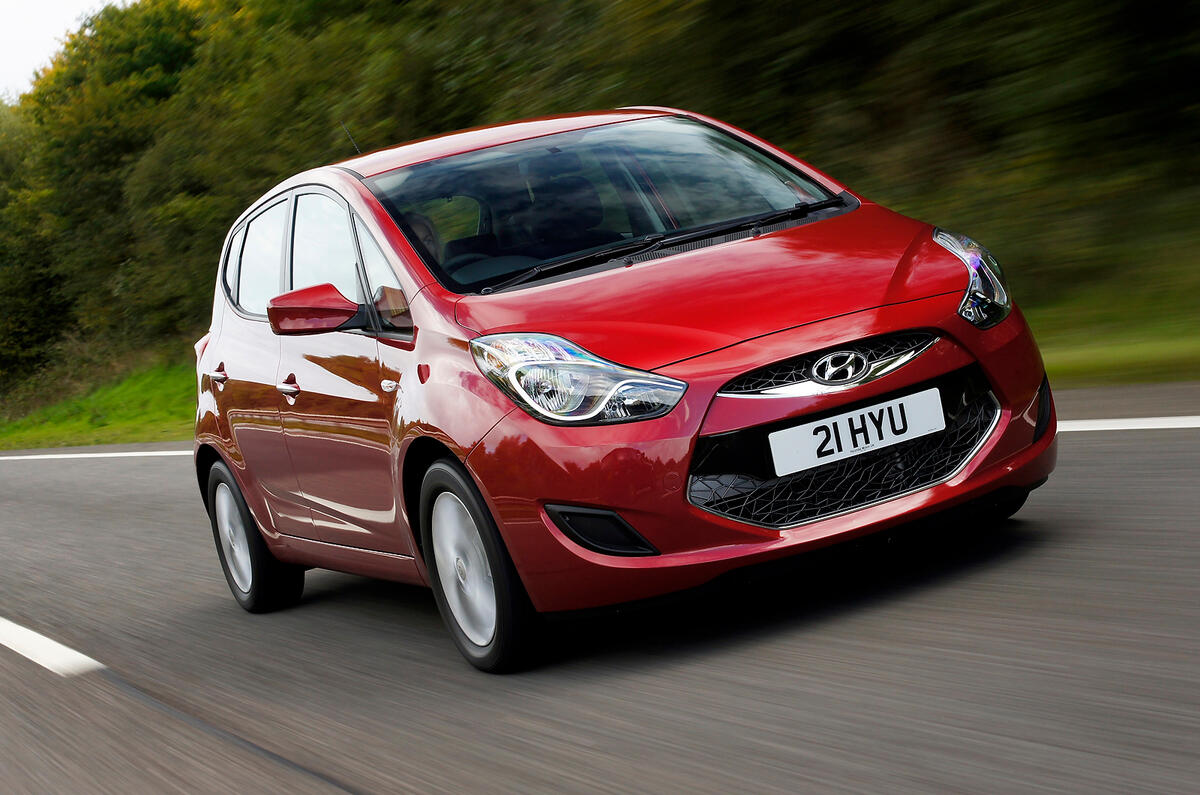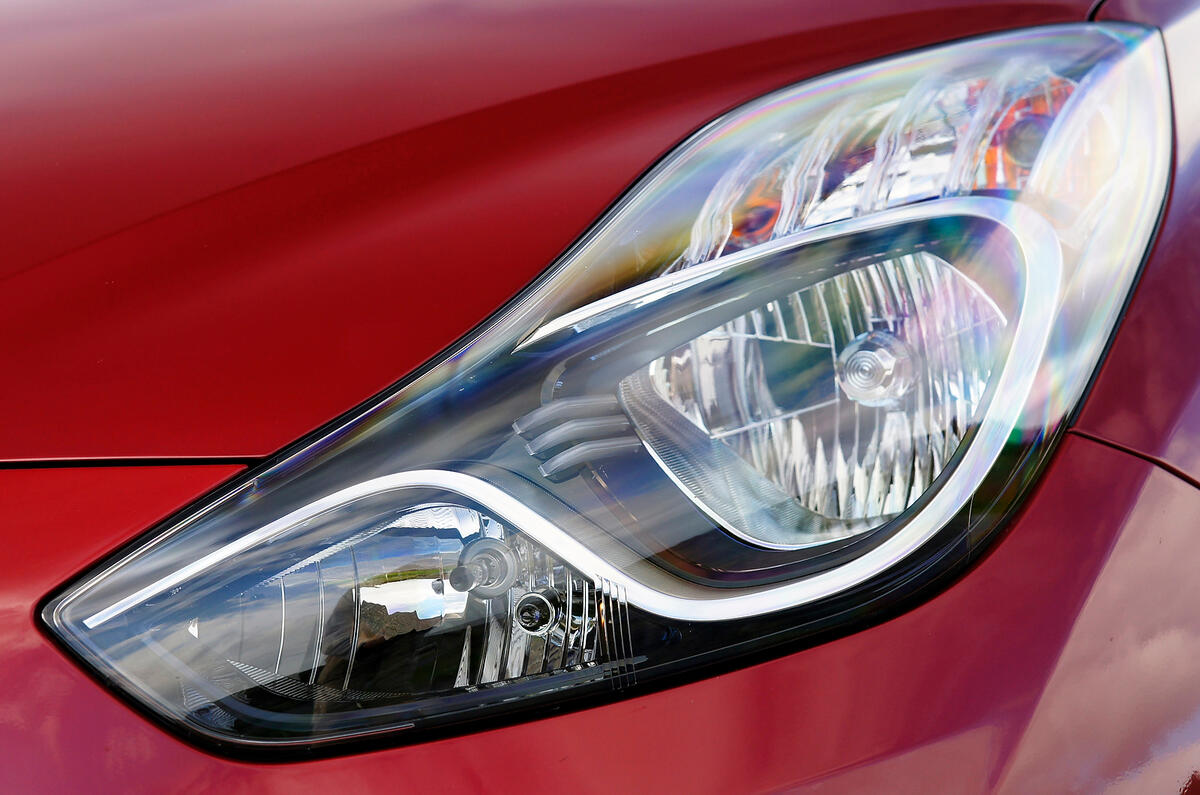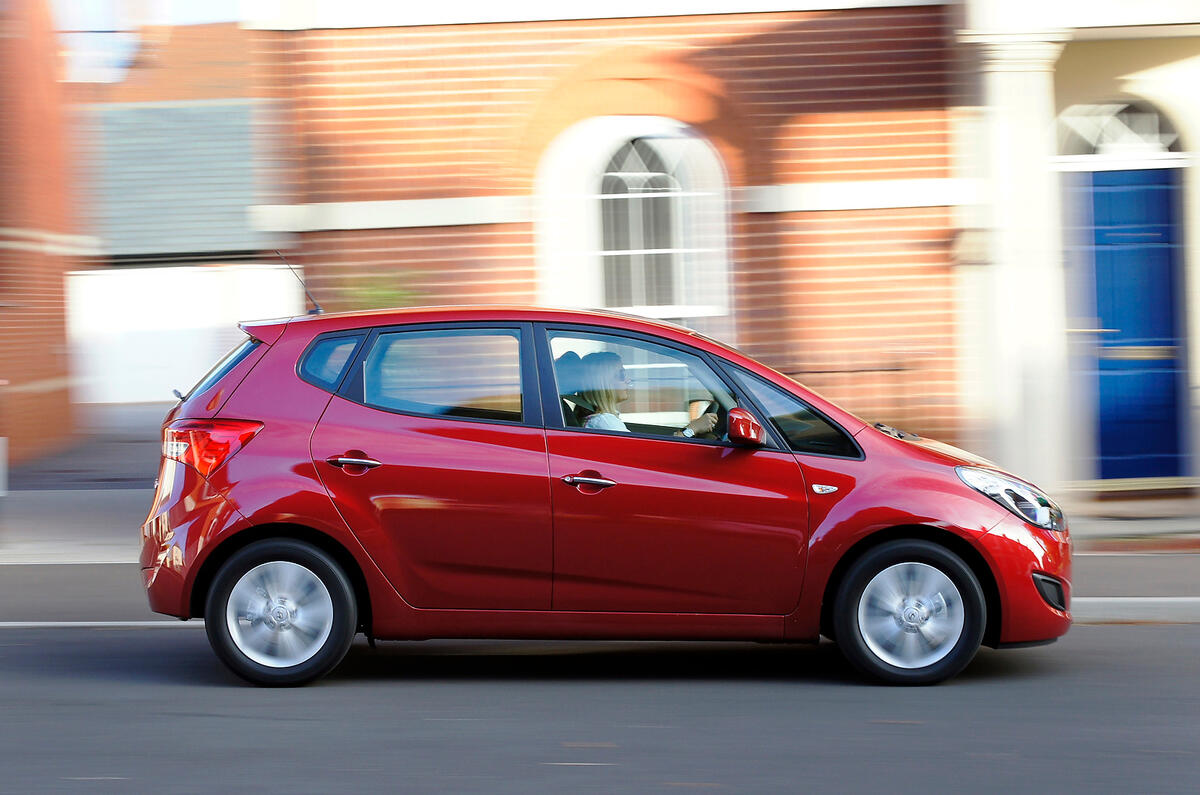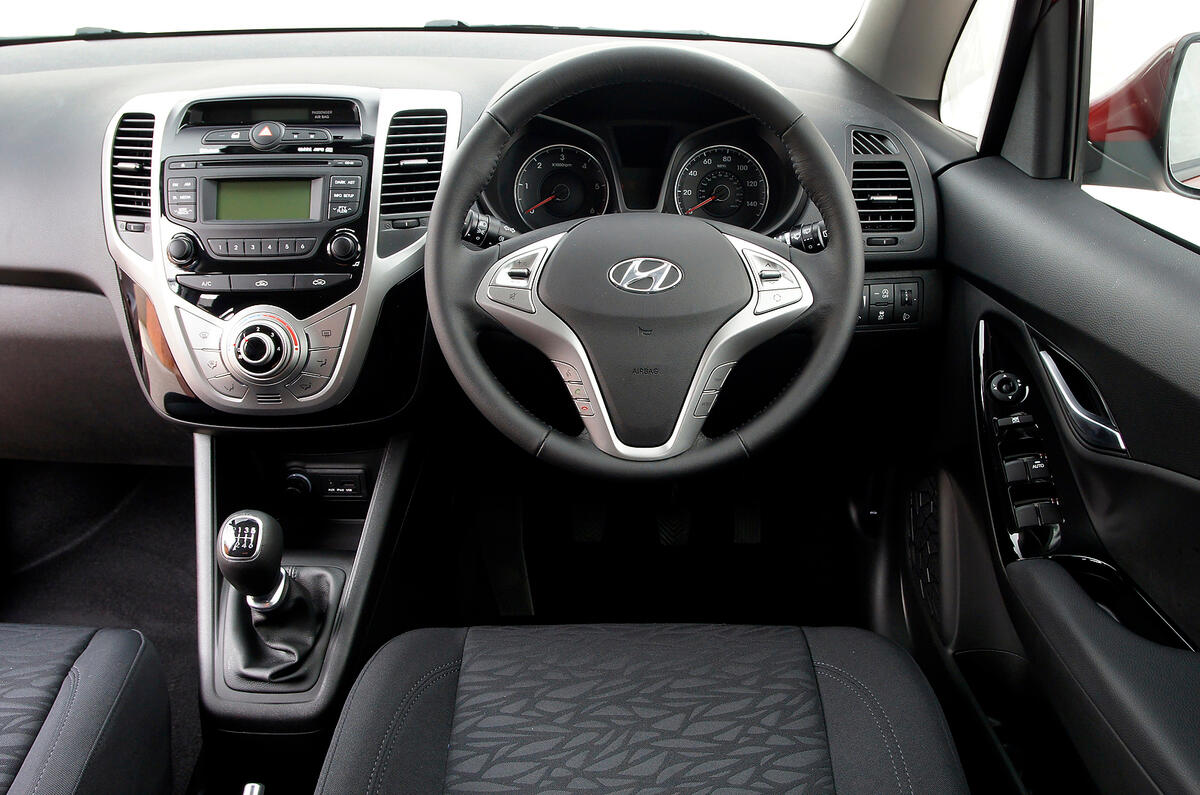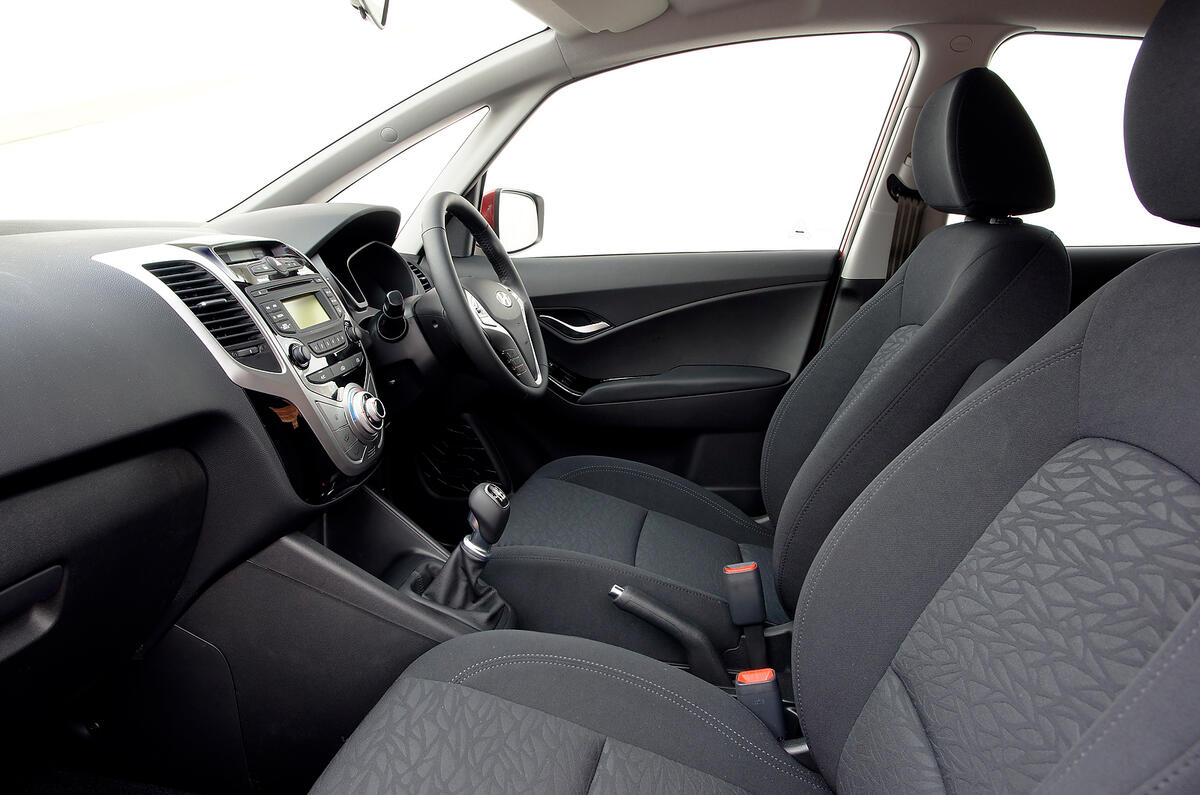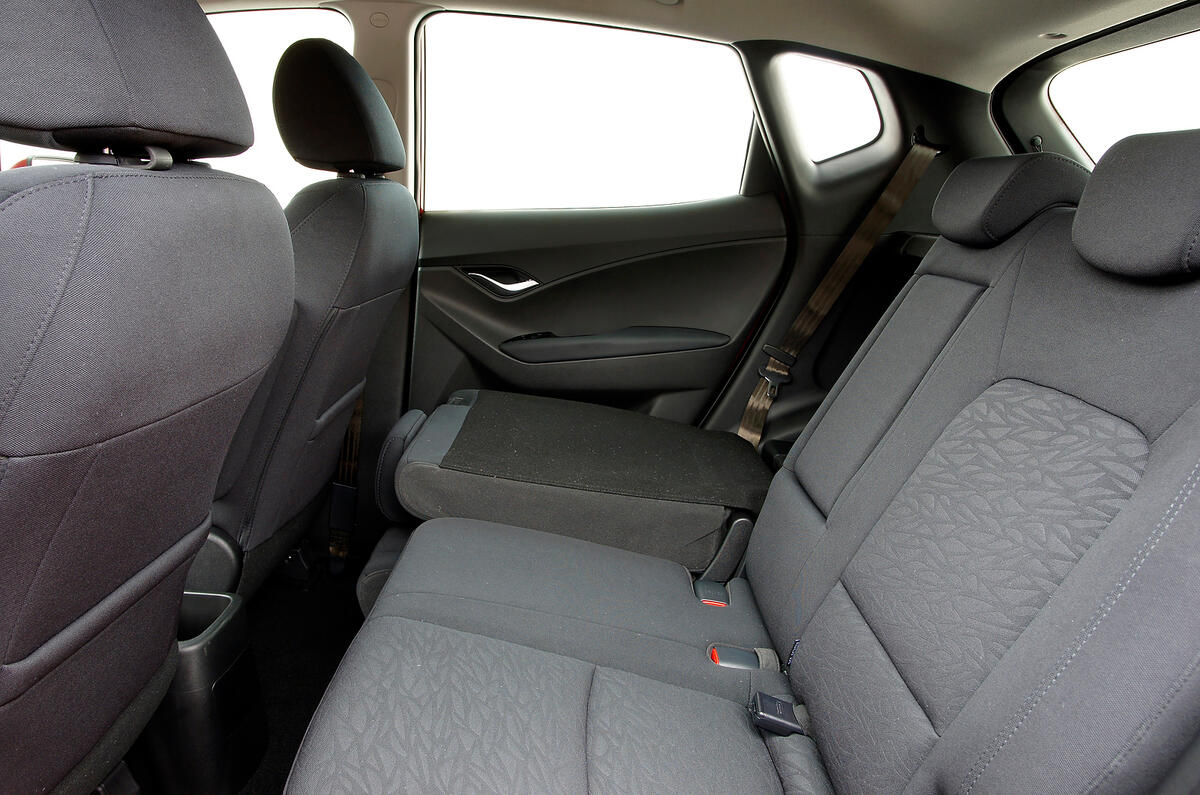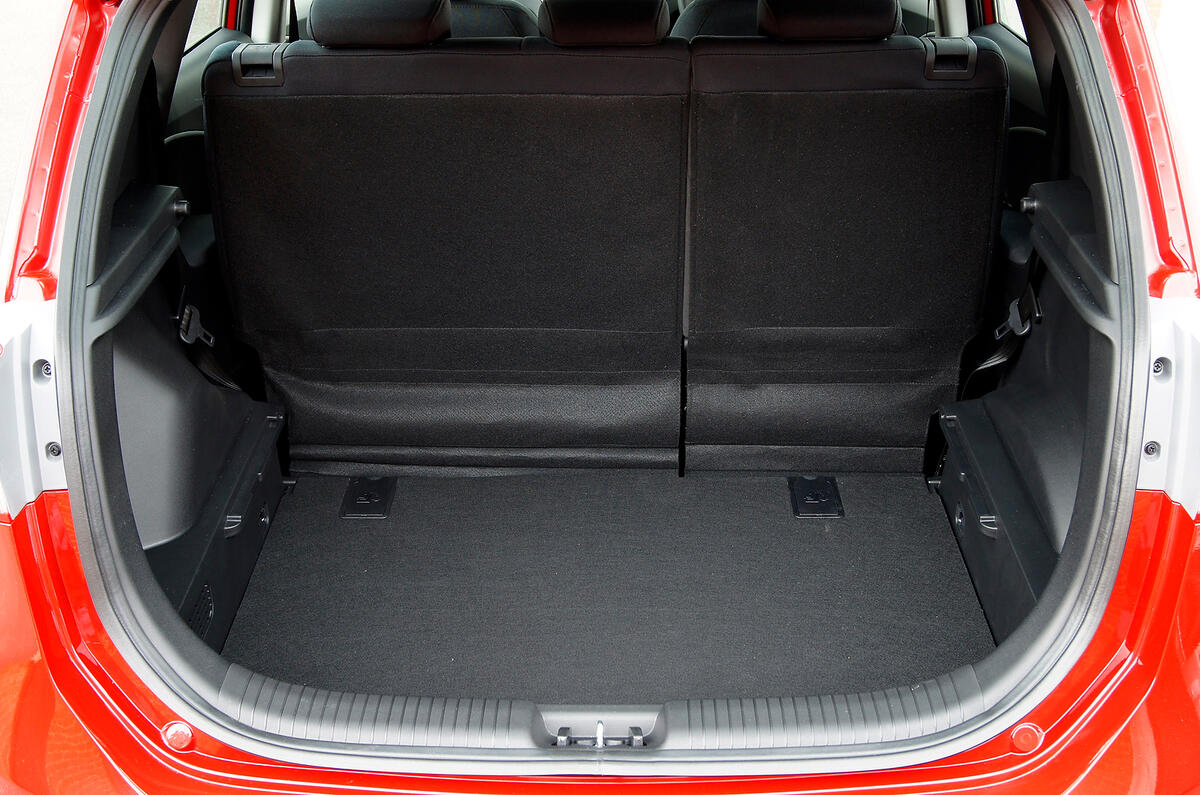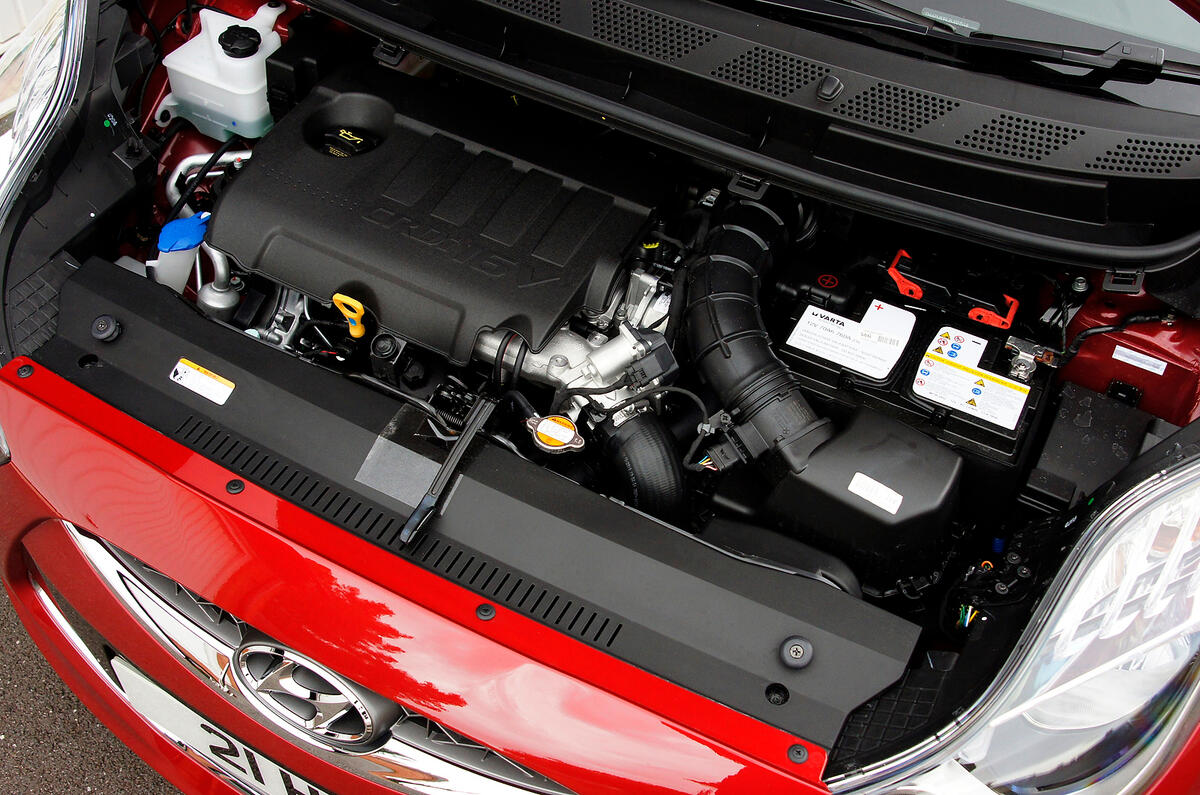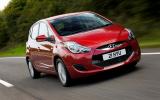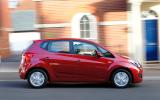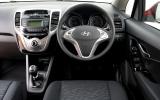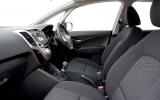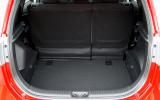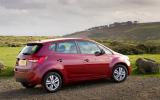The Hyundai ix20 is a compact MPV from the virtually do-no-wrong ascendant Korean car maker Hyundai. And it’s a car with which the firm deserves even greater success.
The recipe for that success is simple: offer cars that are just as good as those of the established volume players, and in some cases better. Back them up with a great warranty. And make them outstanding value. Not cheap, just good value.
Fathered by that philosophy, the ix20 has the likes of the Citroën C3 Picasso and Nissan Note in its sights. It comes from the firm’s Nosovice plant in the Czech Republic, and shares a great deal with its sister car, the Kia Venga, from its corporate bedfellow Kia. Hyundai makes the Venga for Kia, however, and not the other way round
But despite being such a great-value proposition, there is almost nothing that seems low rent about the ix20. Like the ix35 SUV, it’s handsomely styled, and has a decent quality cabin with simple, robust materials.
It’s very practical too. Hyundai loudly and proudly proclaims that, thanks to sliding rear seats, you’ll find more rear cabin space in here than in the back of a Volvo XC90. Even large adults won’t want for head or legroom.
If you fold the rear seats flat you can accommodate 1486 litres of luggage, which is more than you get in some medium-sized estates. With the seats upright, you still get a reasonable 440 litres. All that’s missing is a folding front passenger seat for very long loads and a little extra oddment storage, but you can’t have everything.


